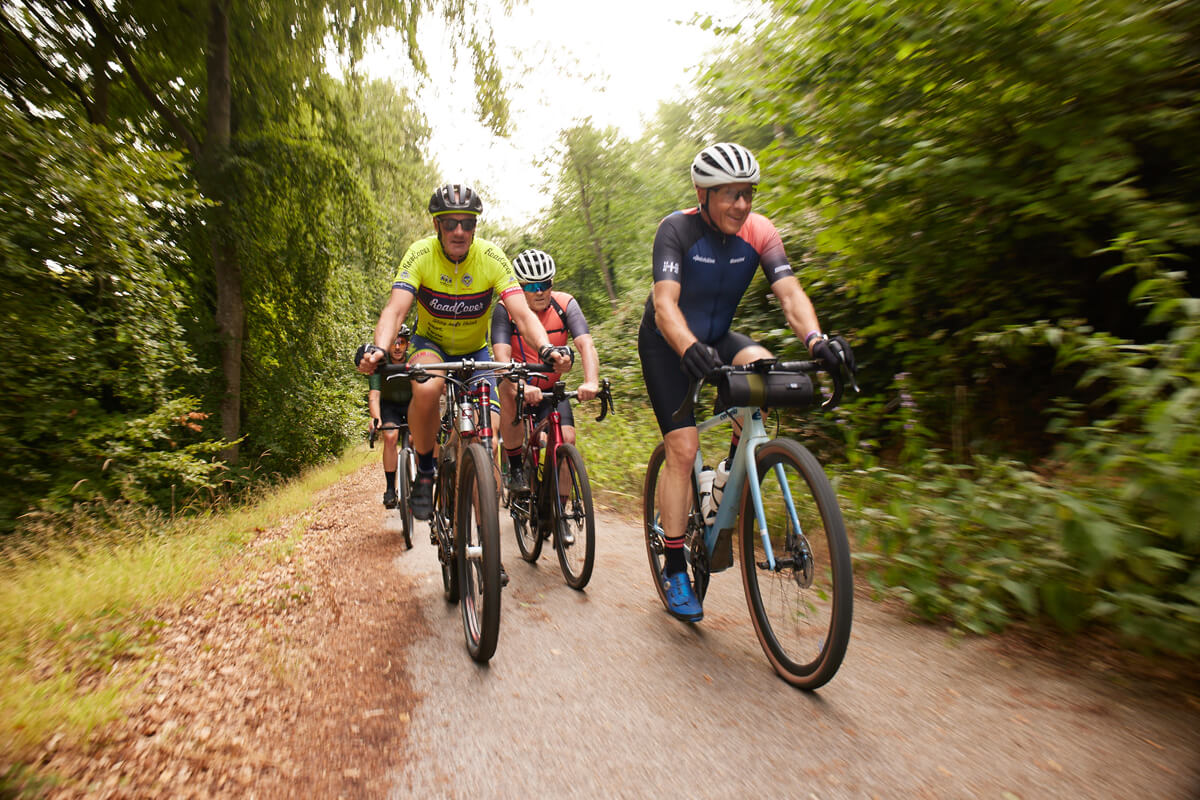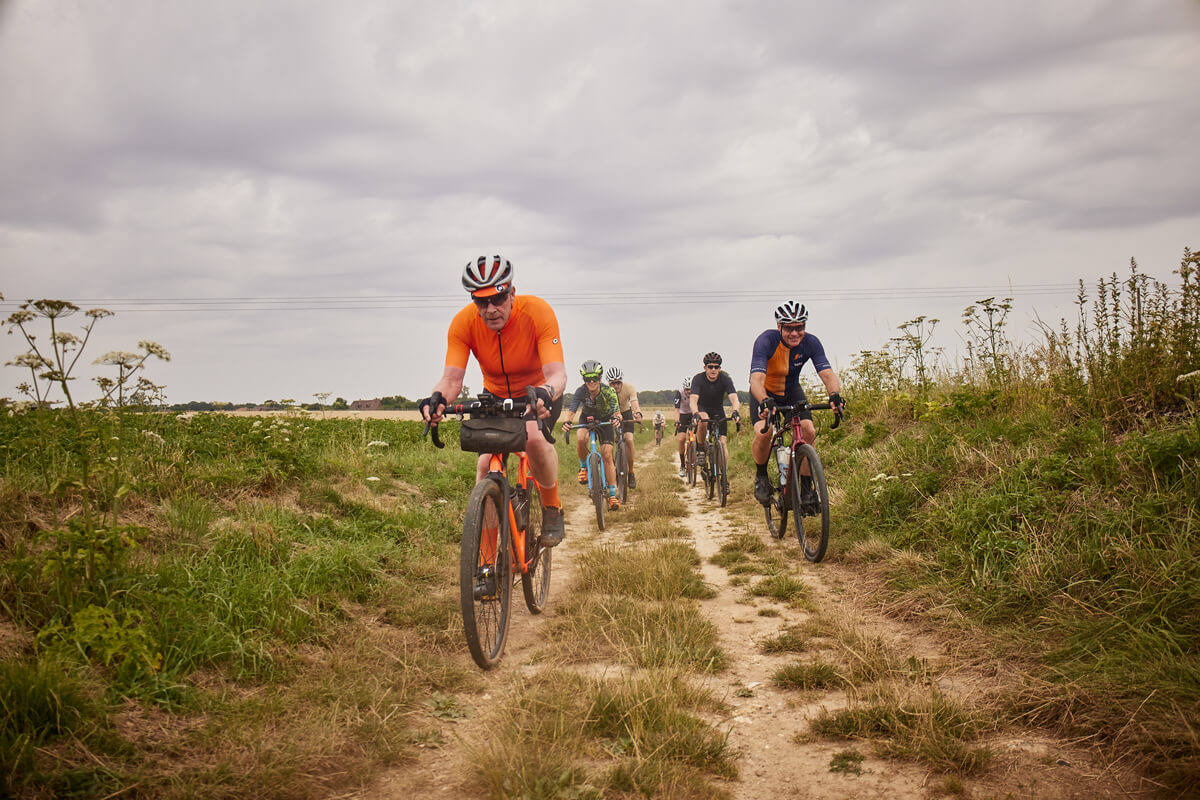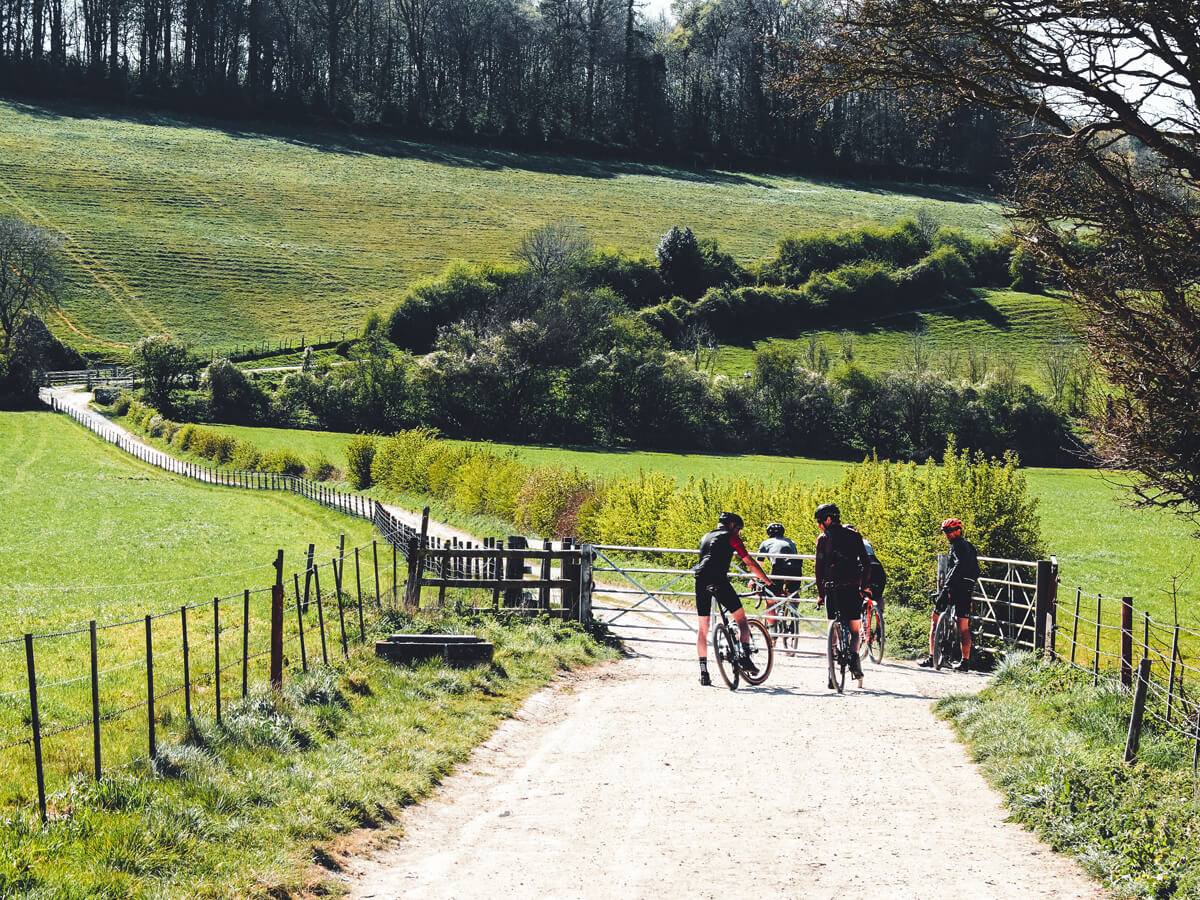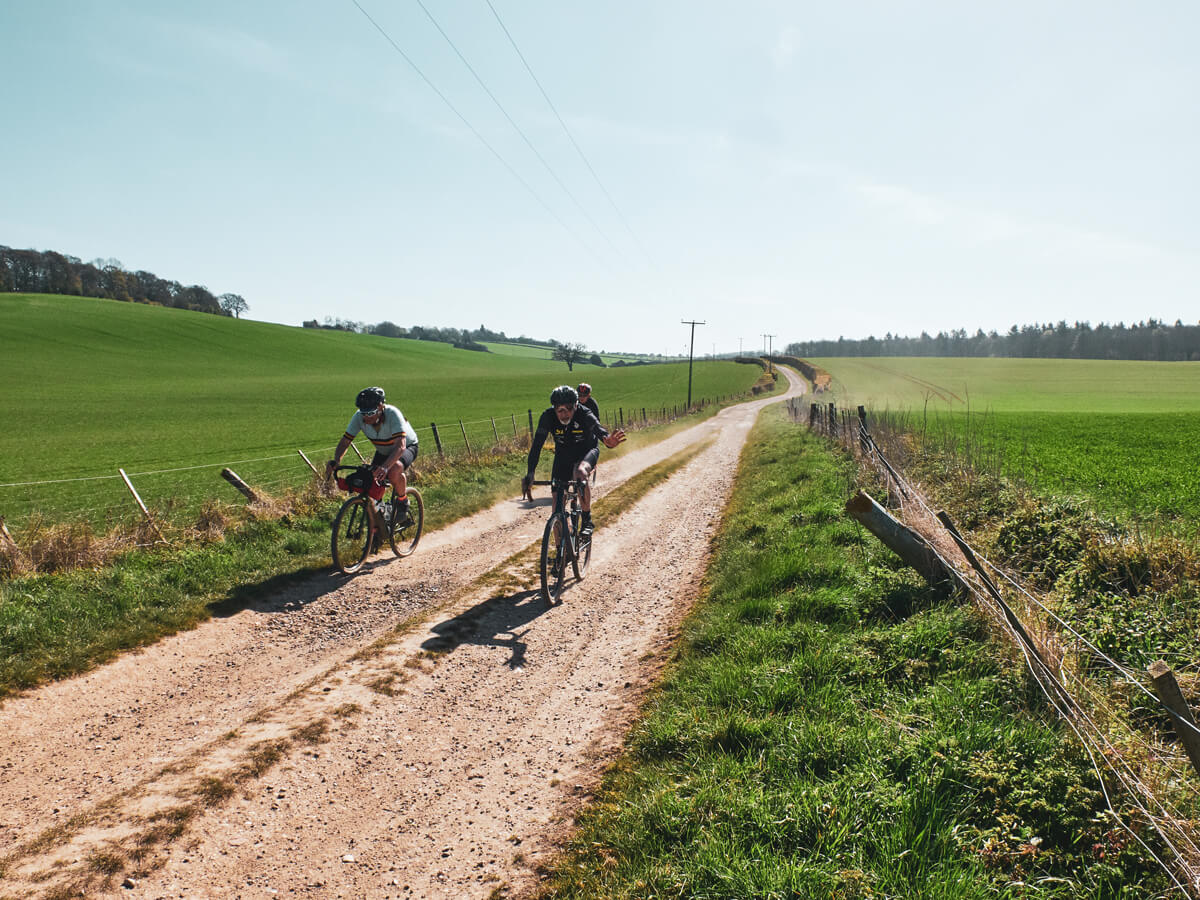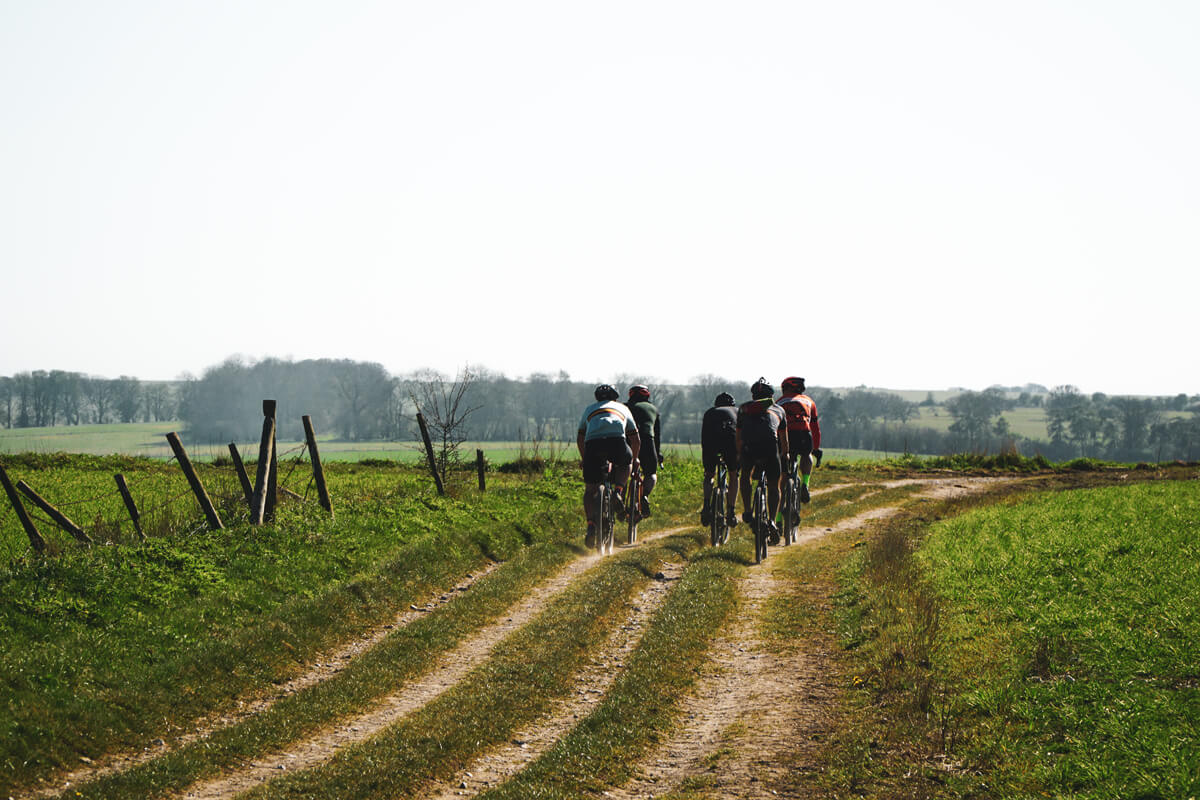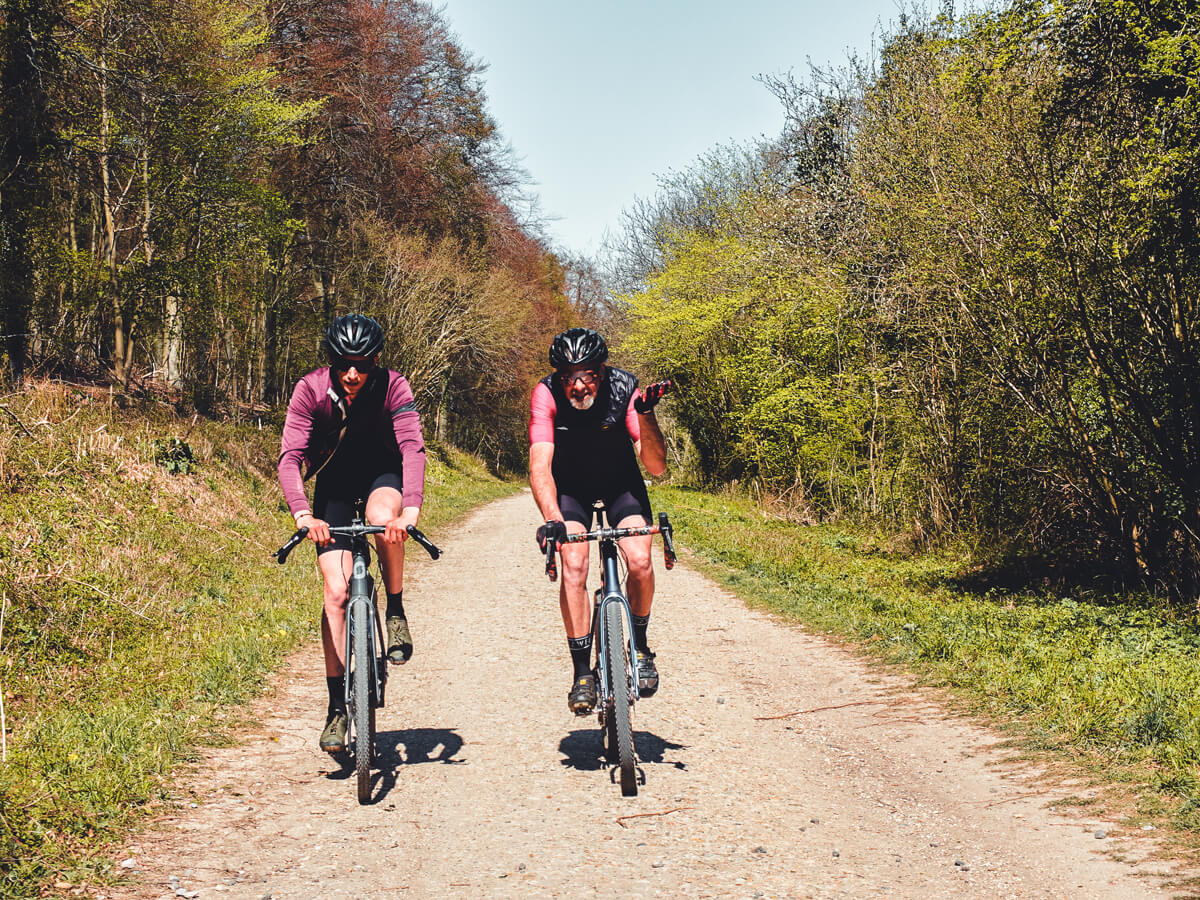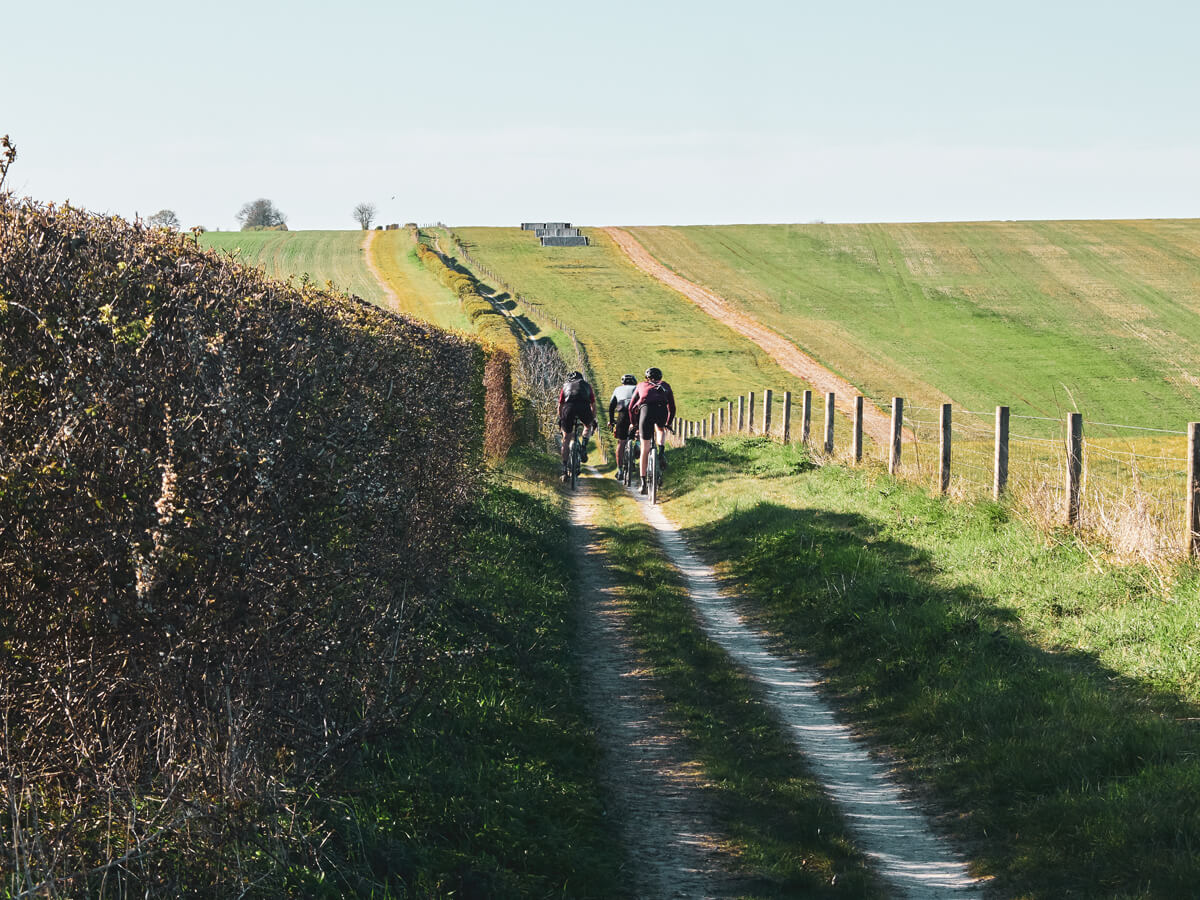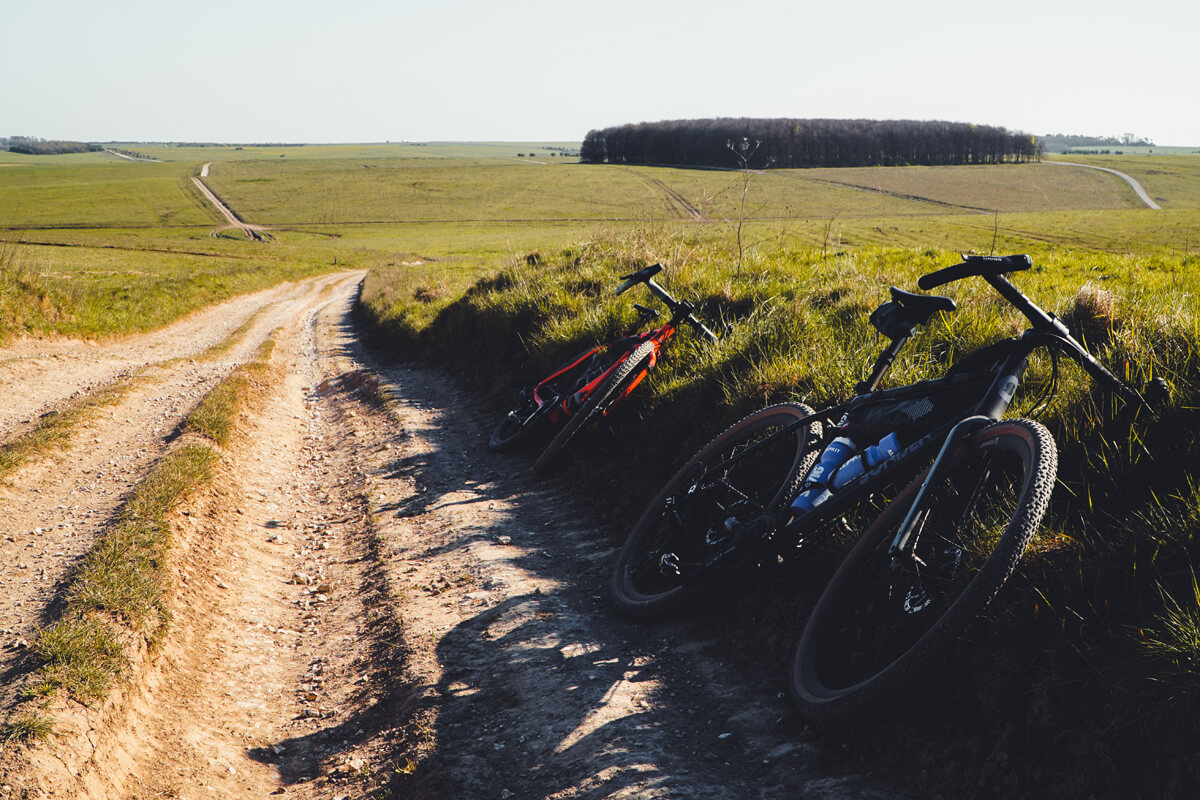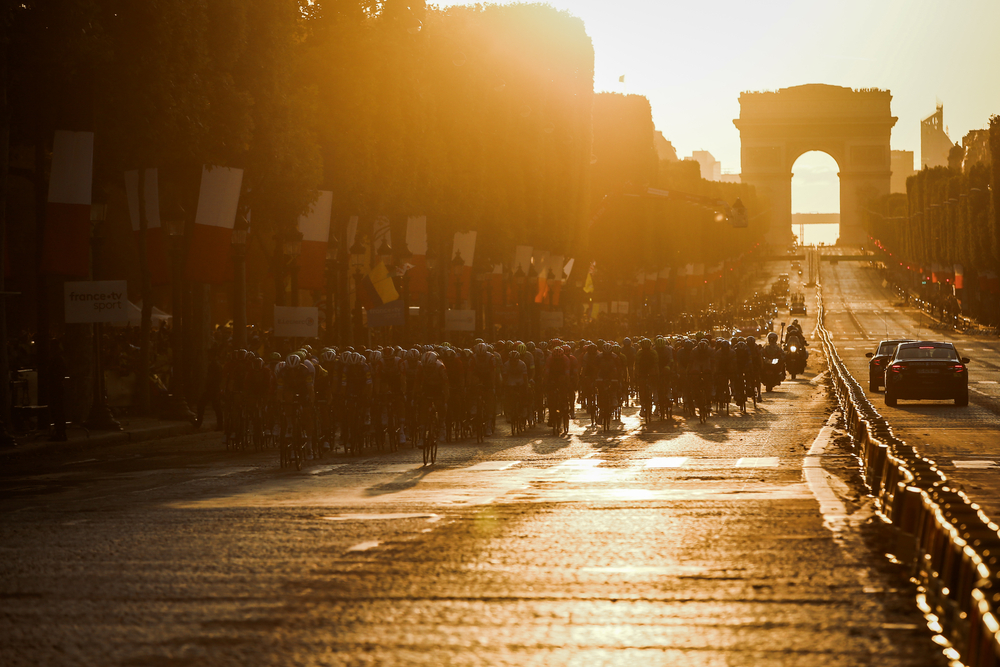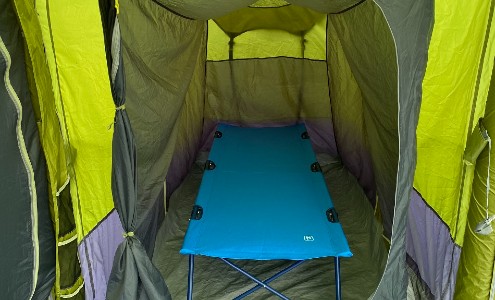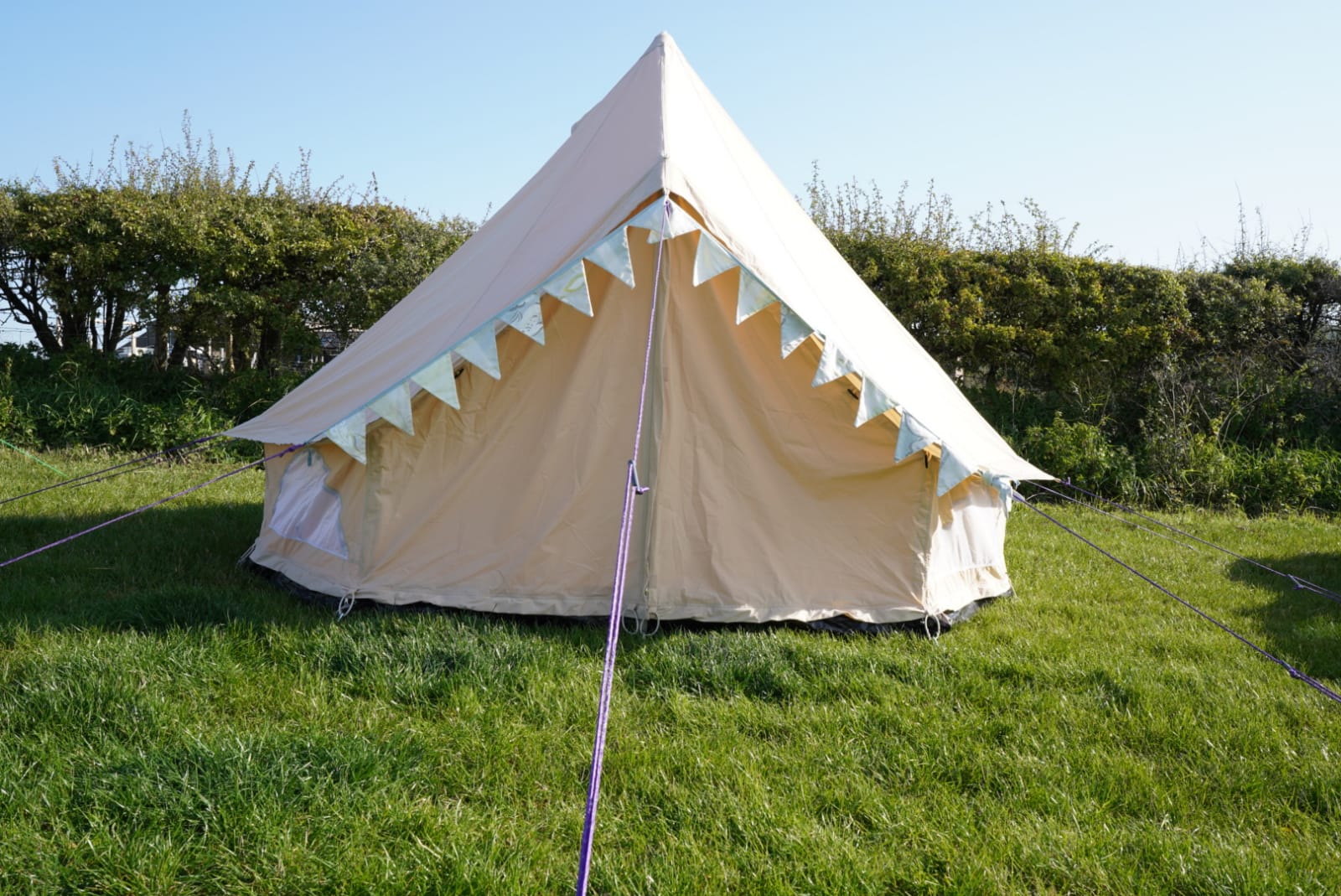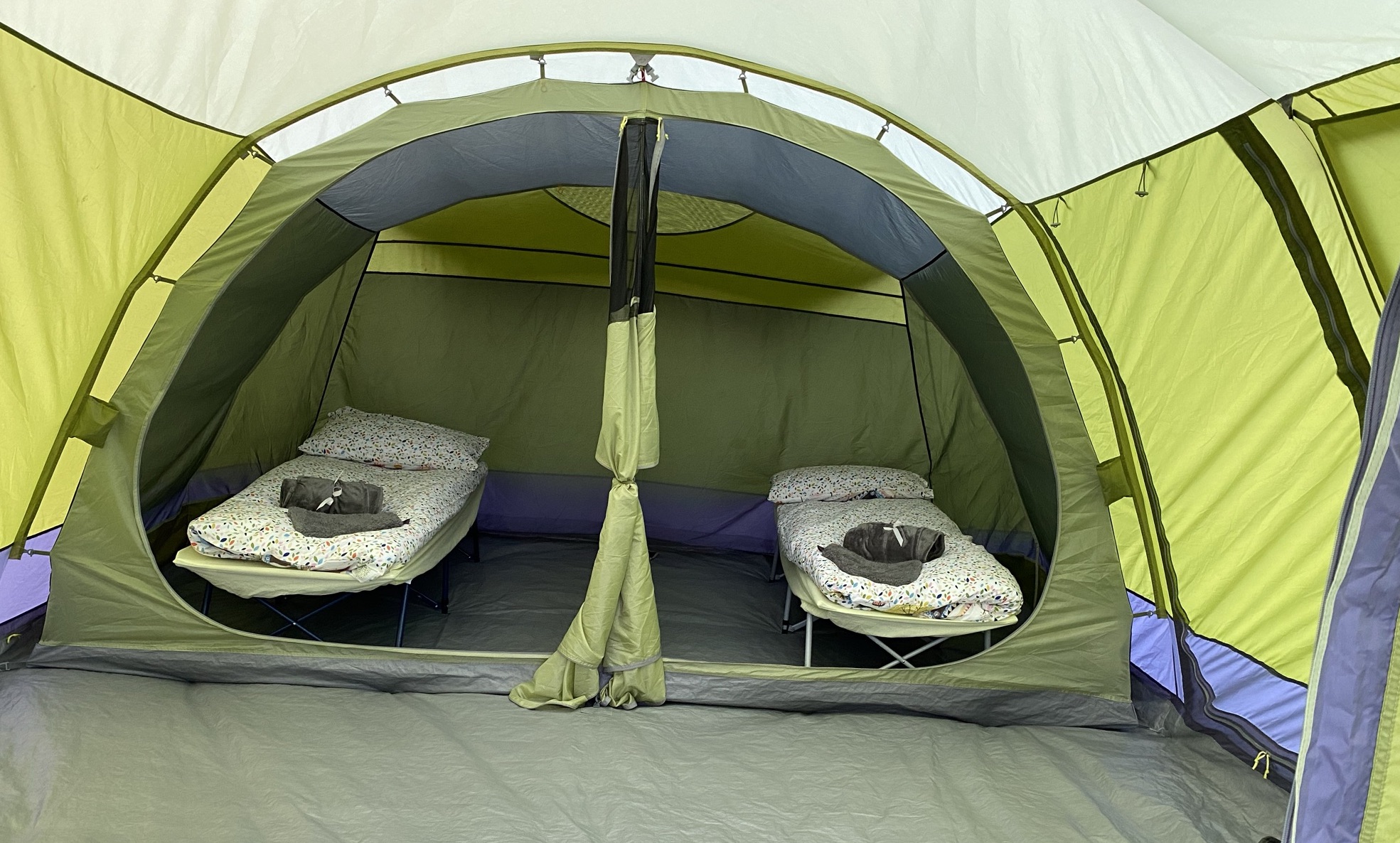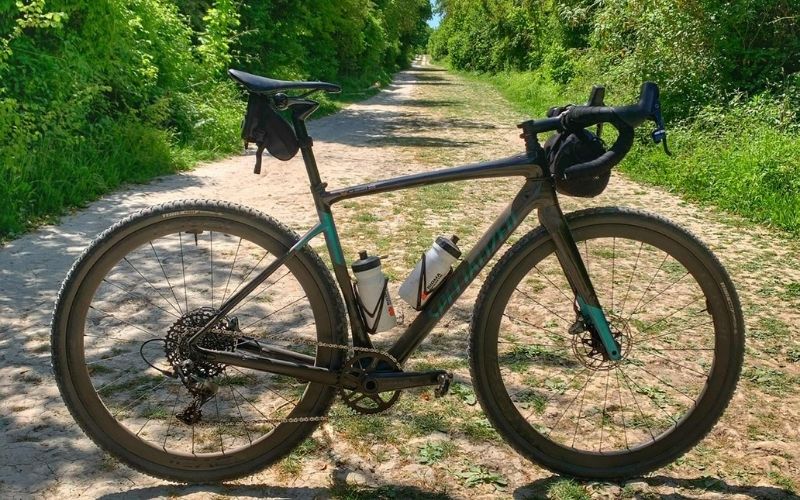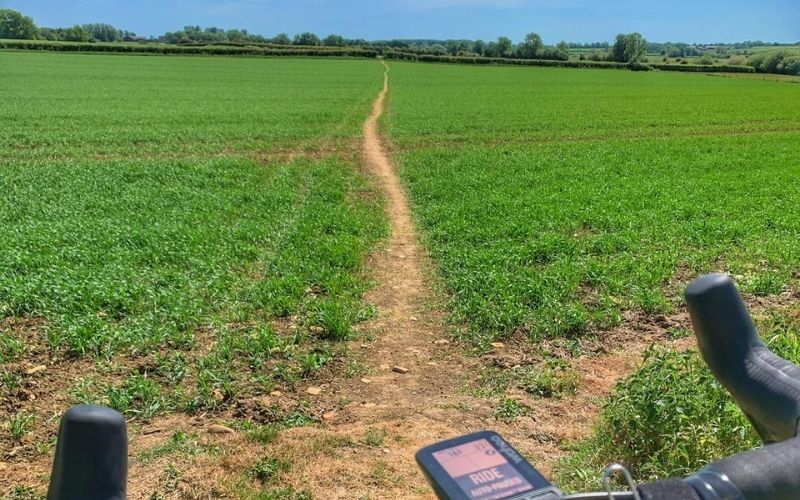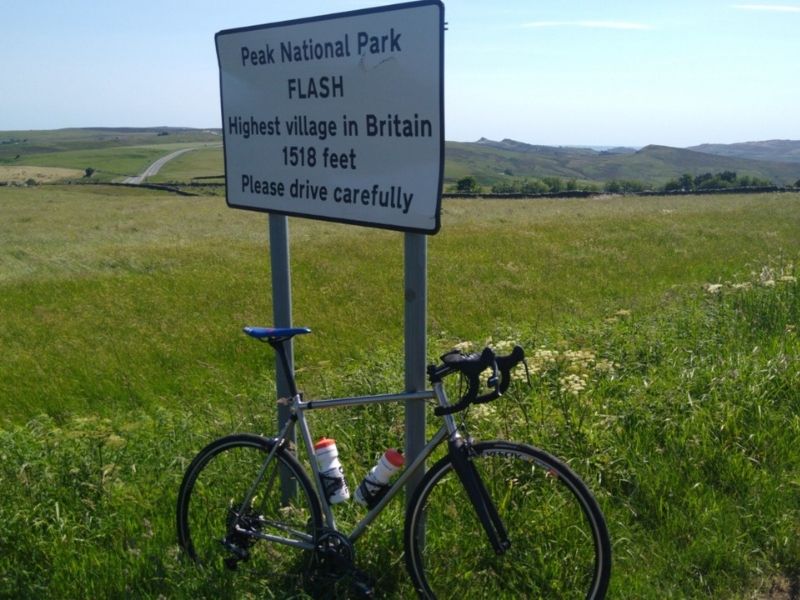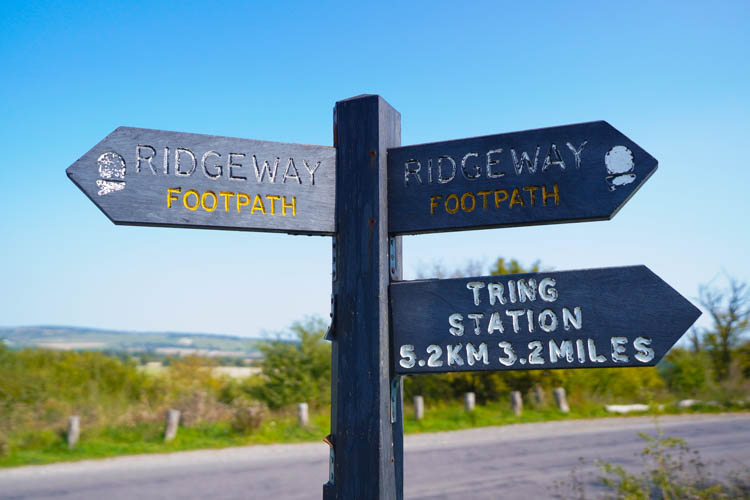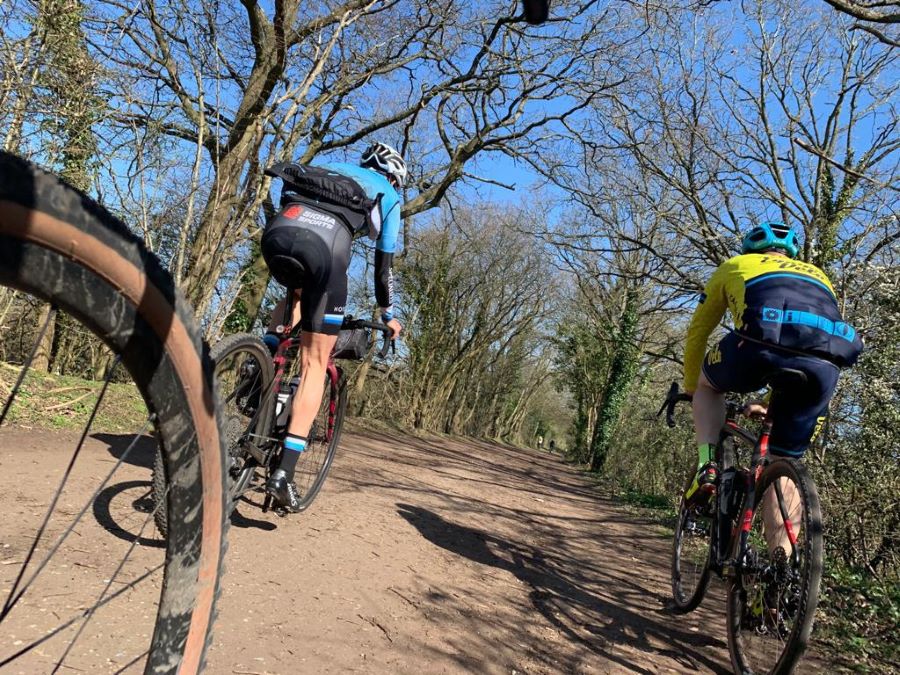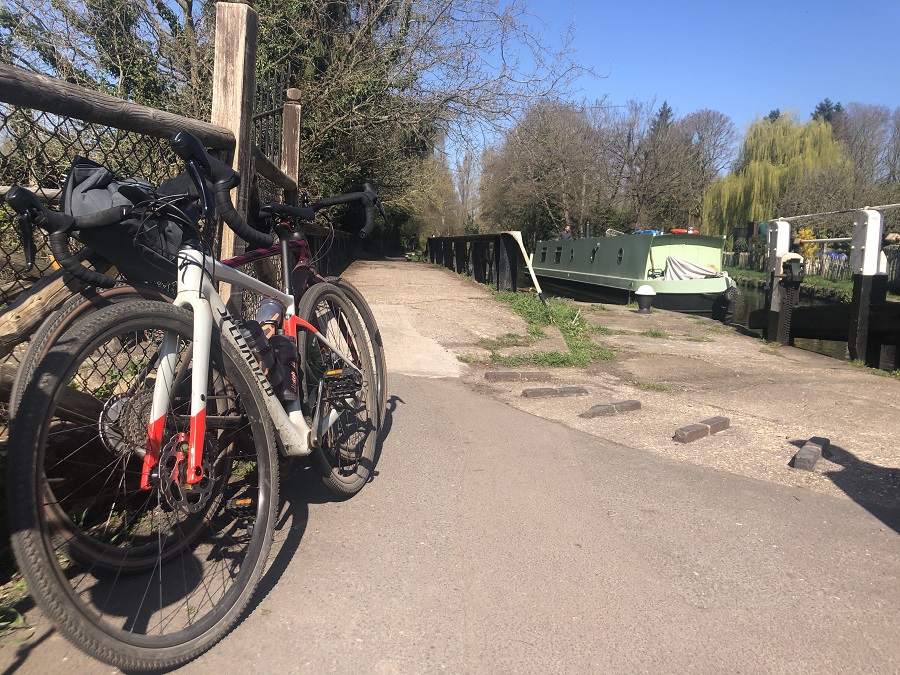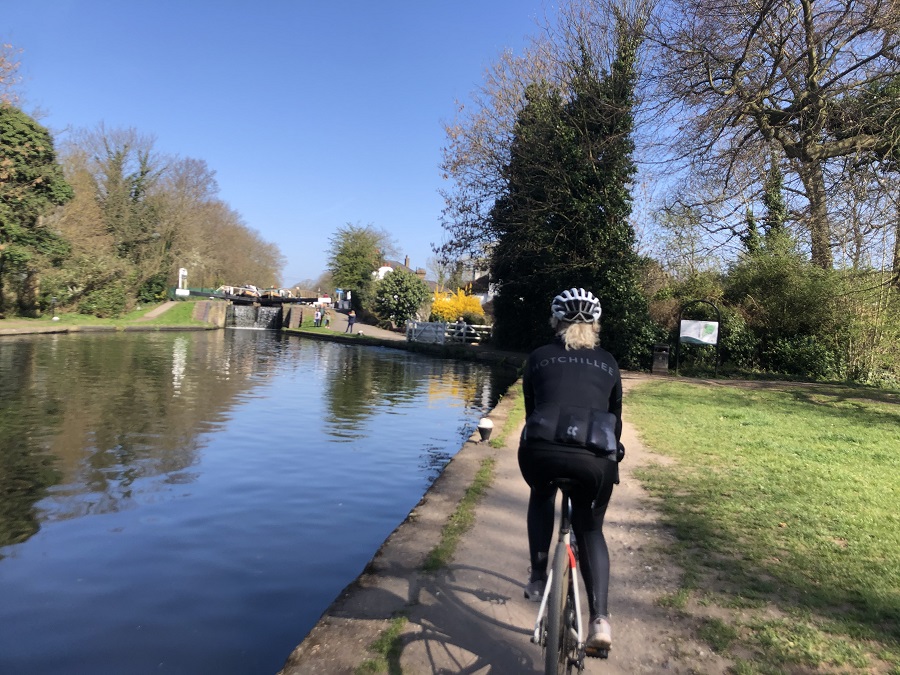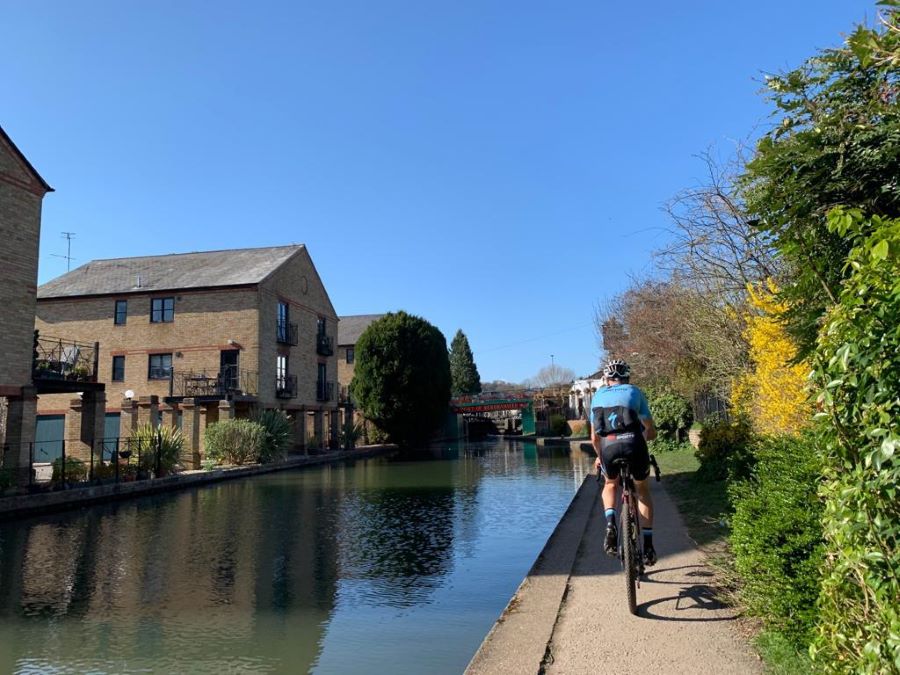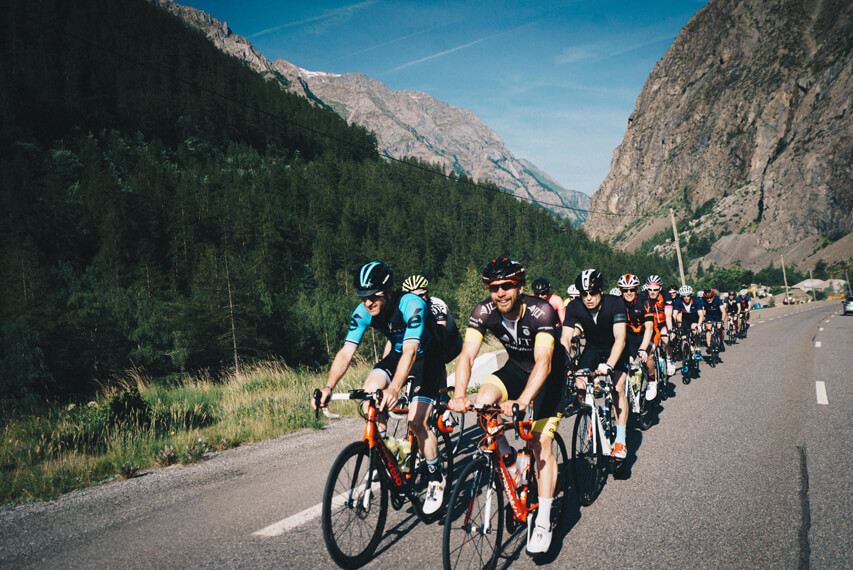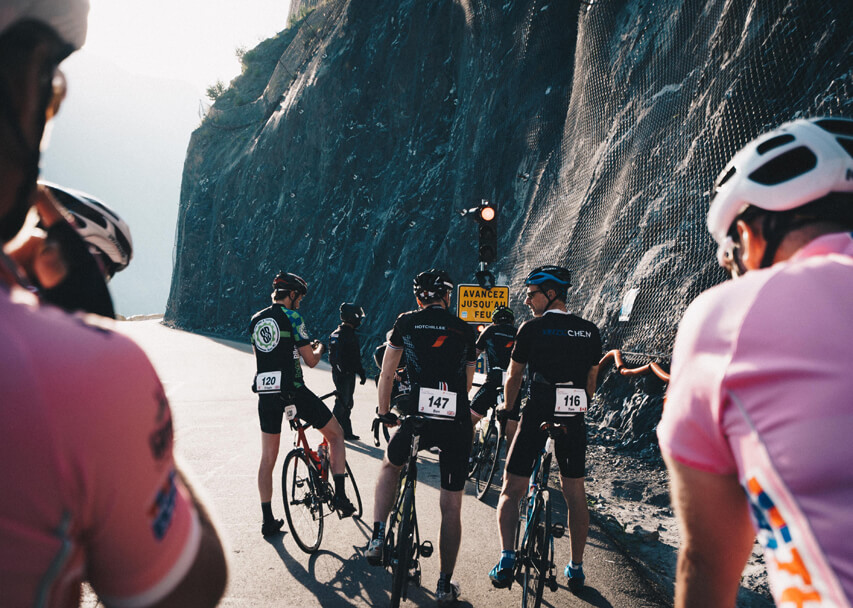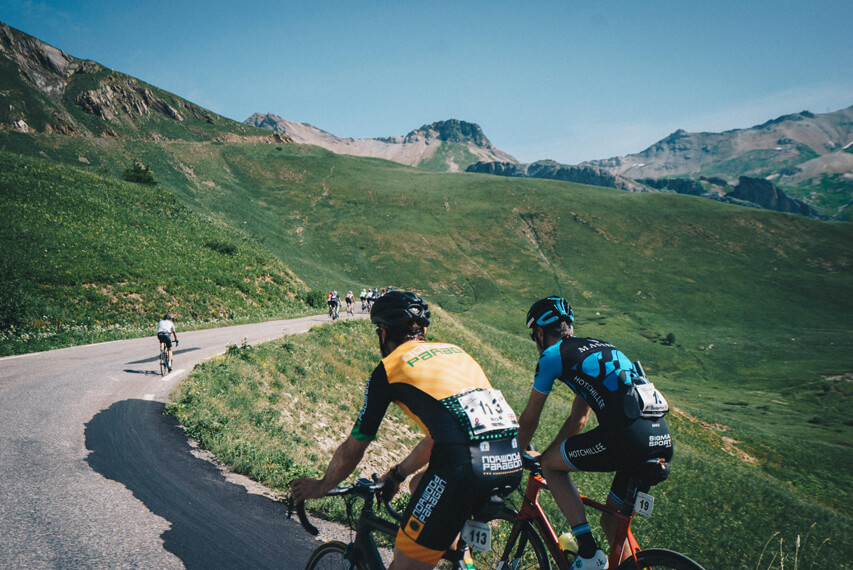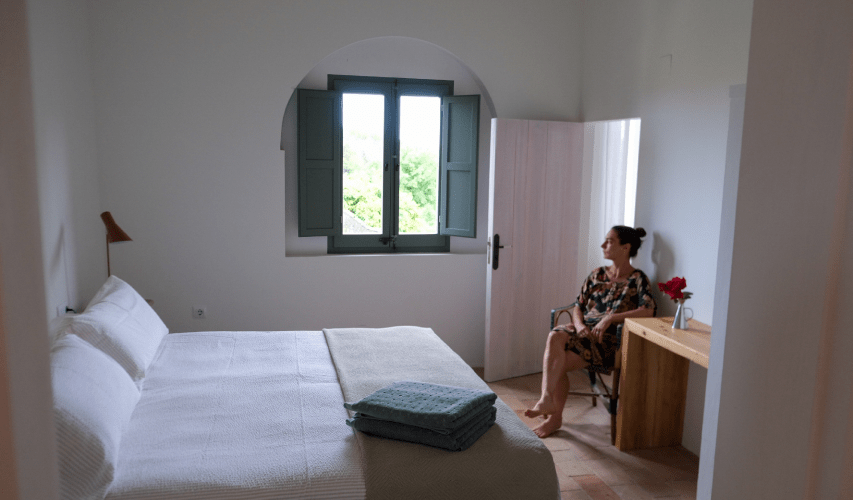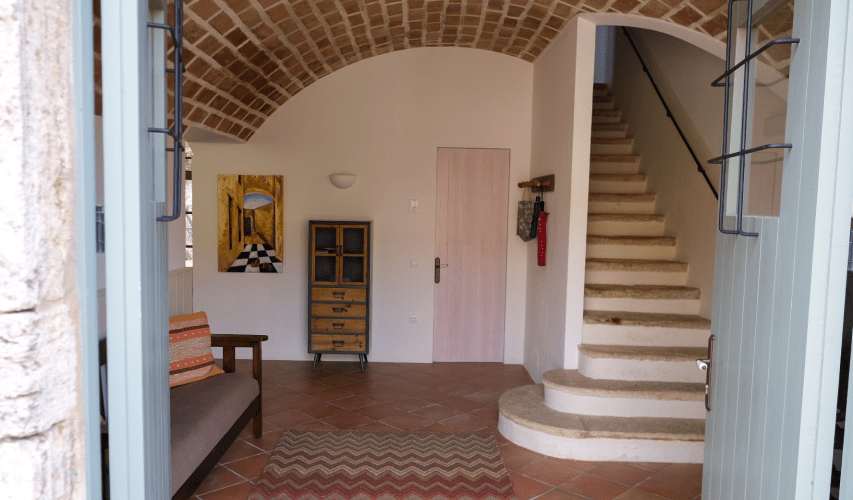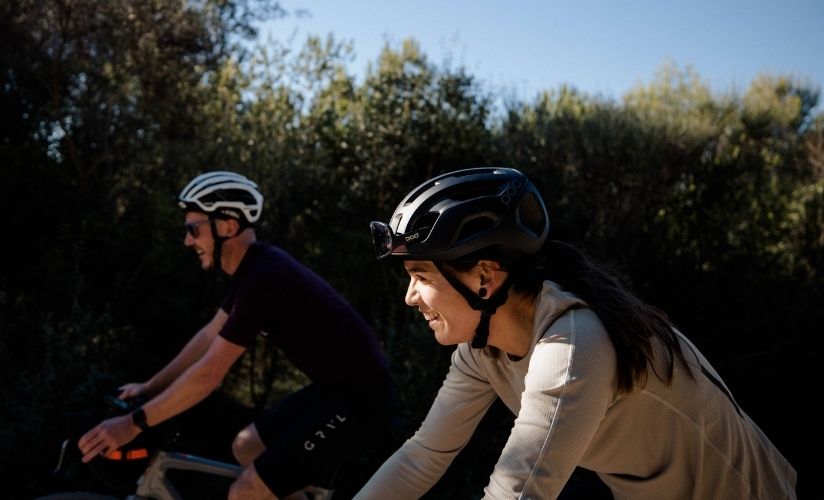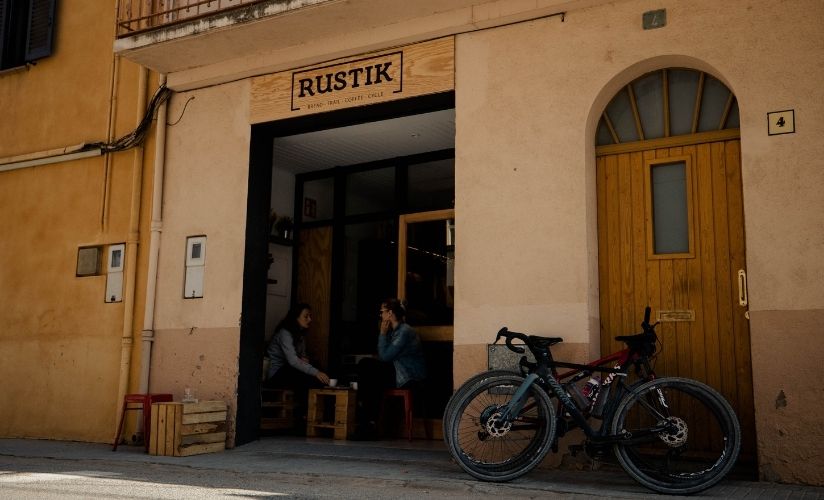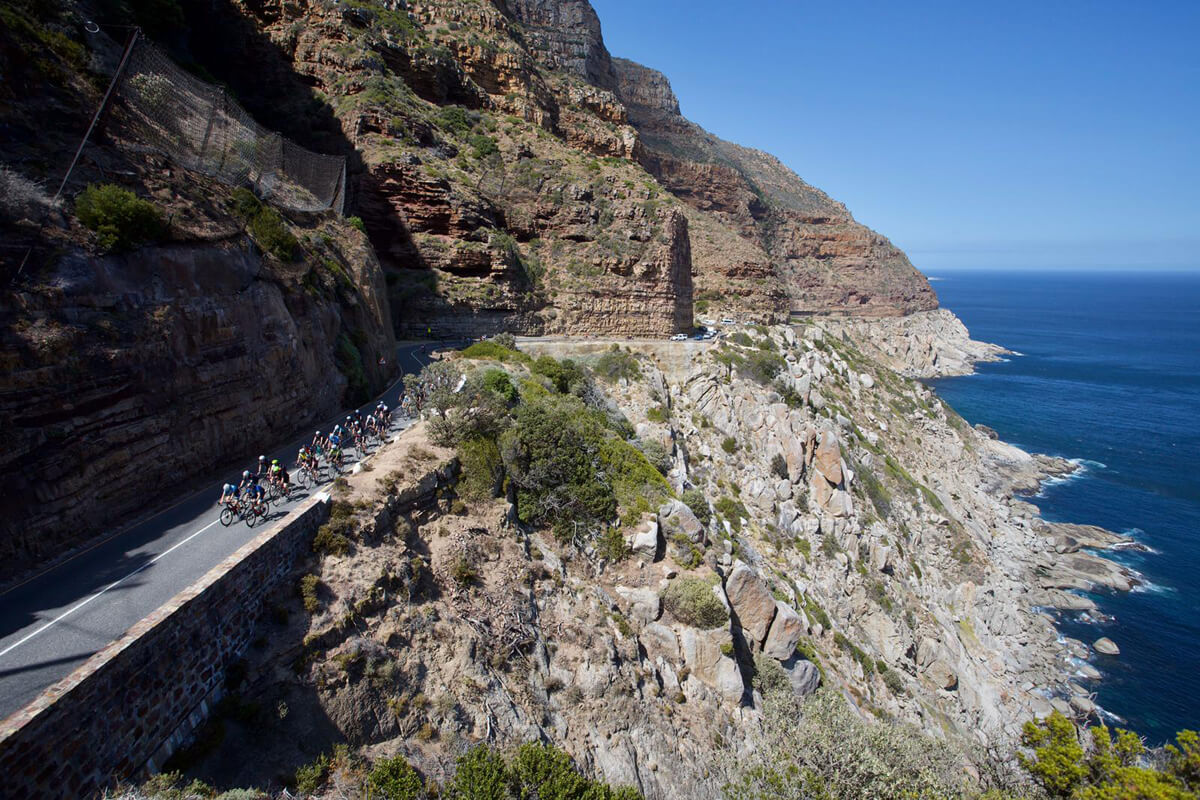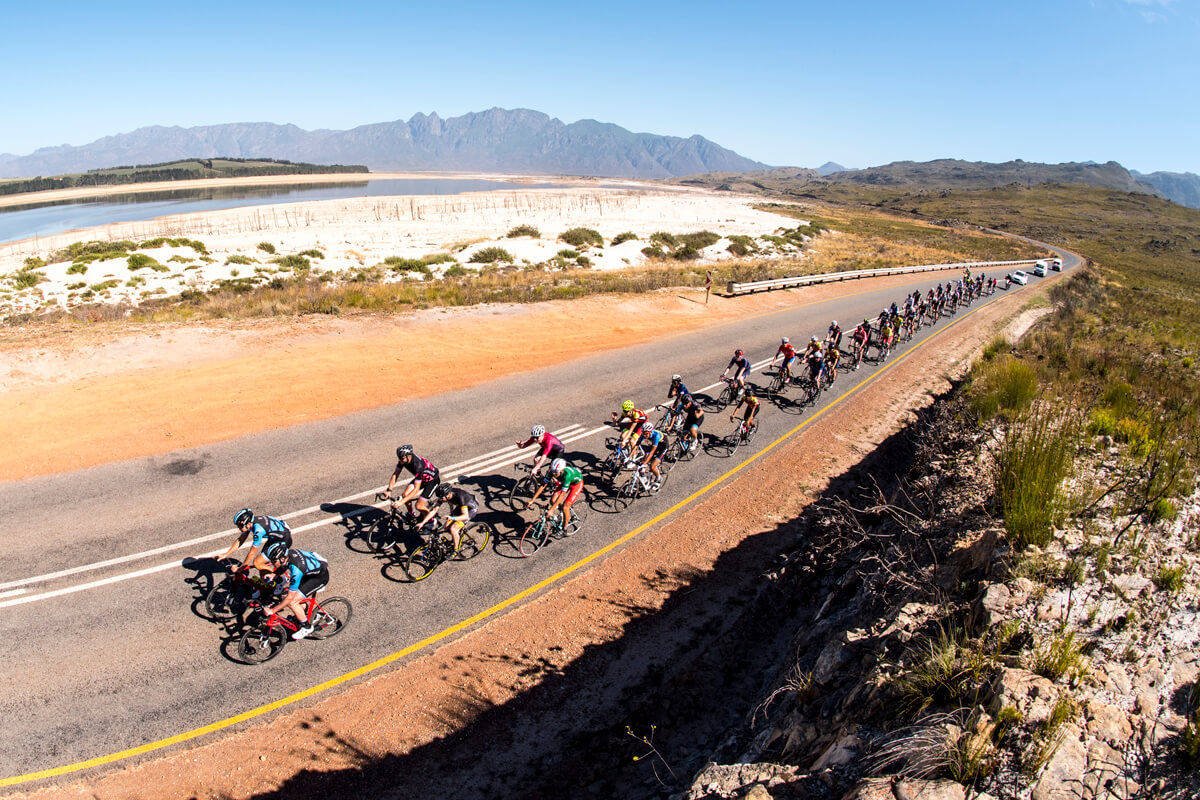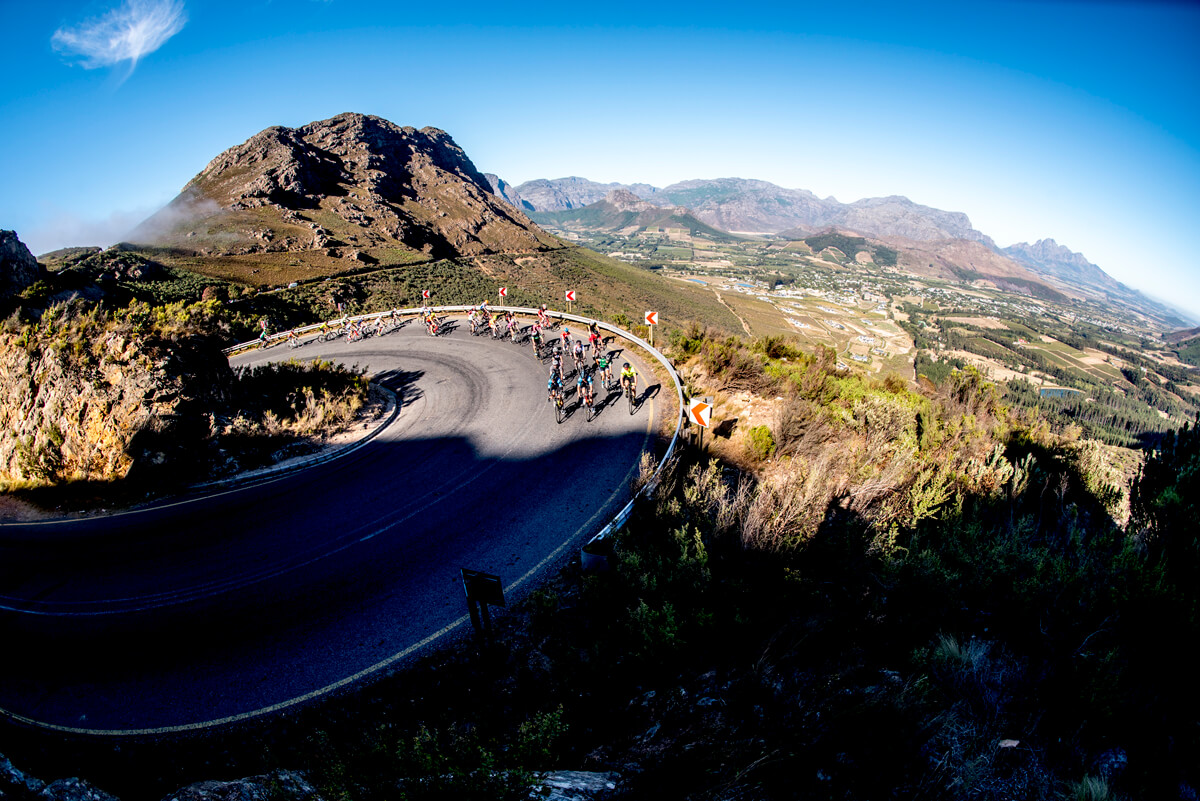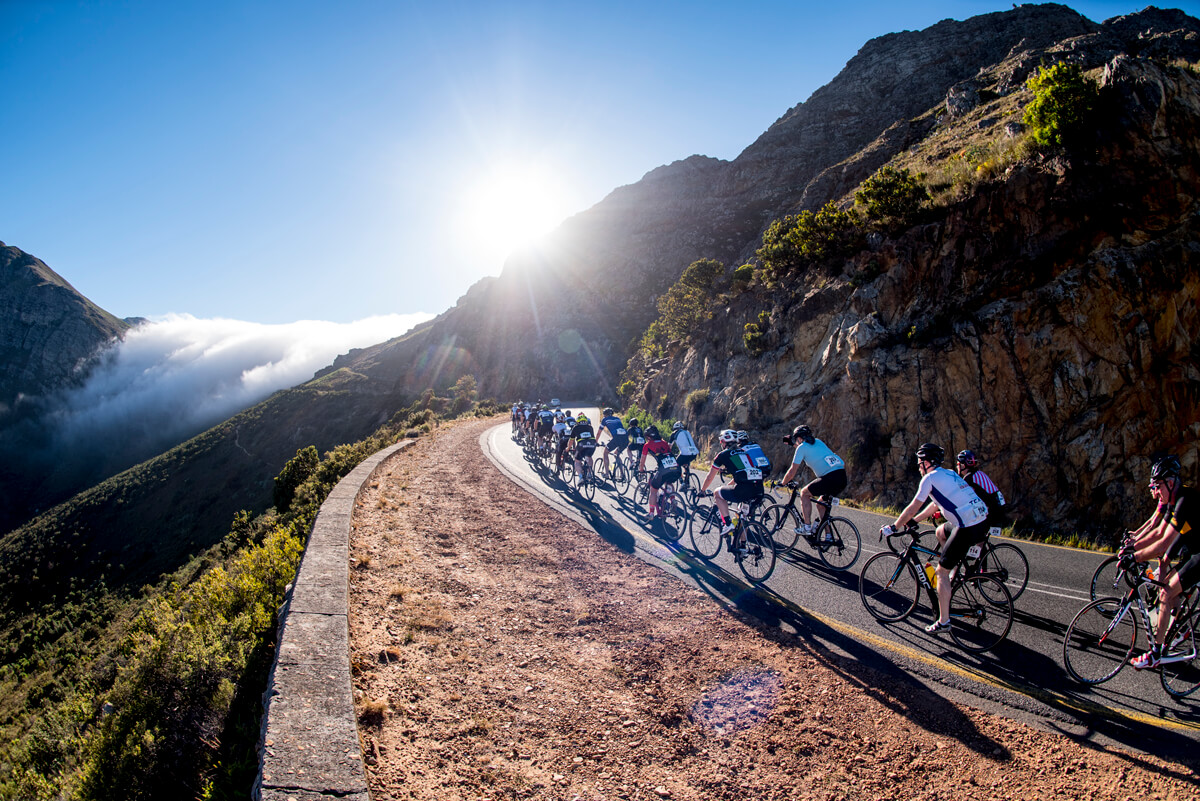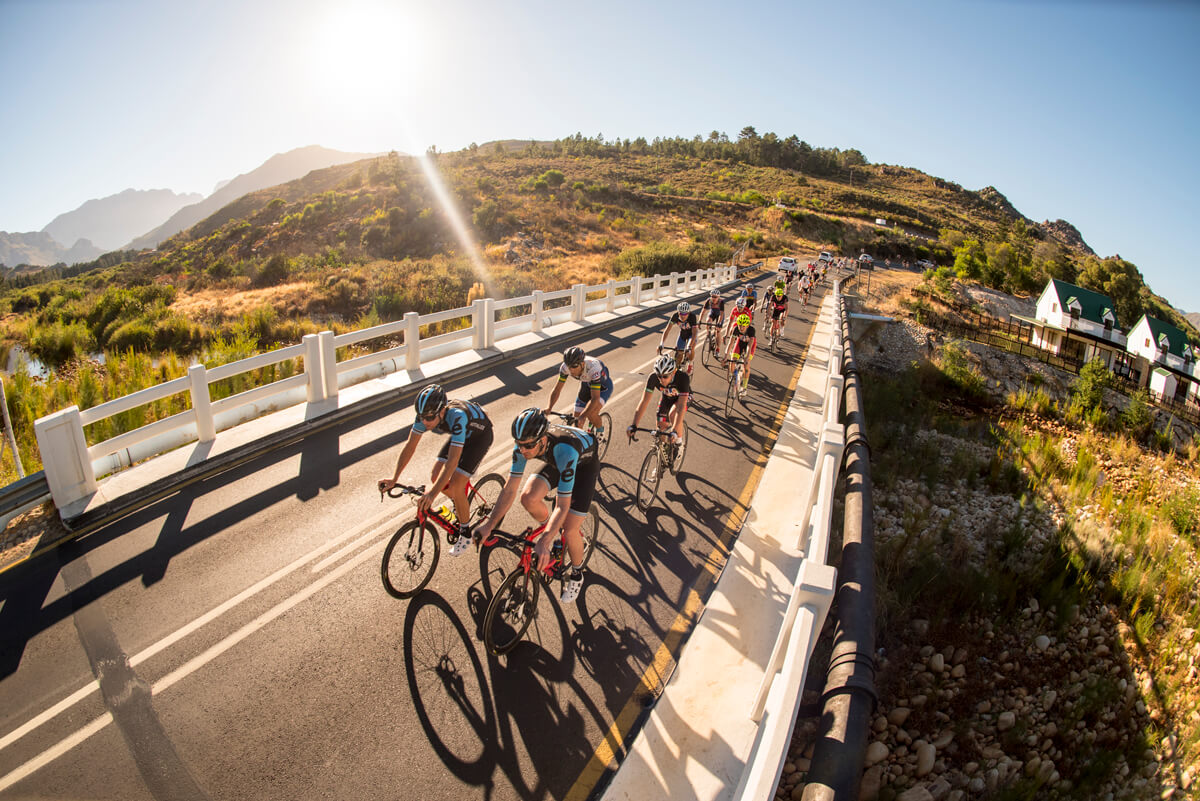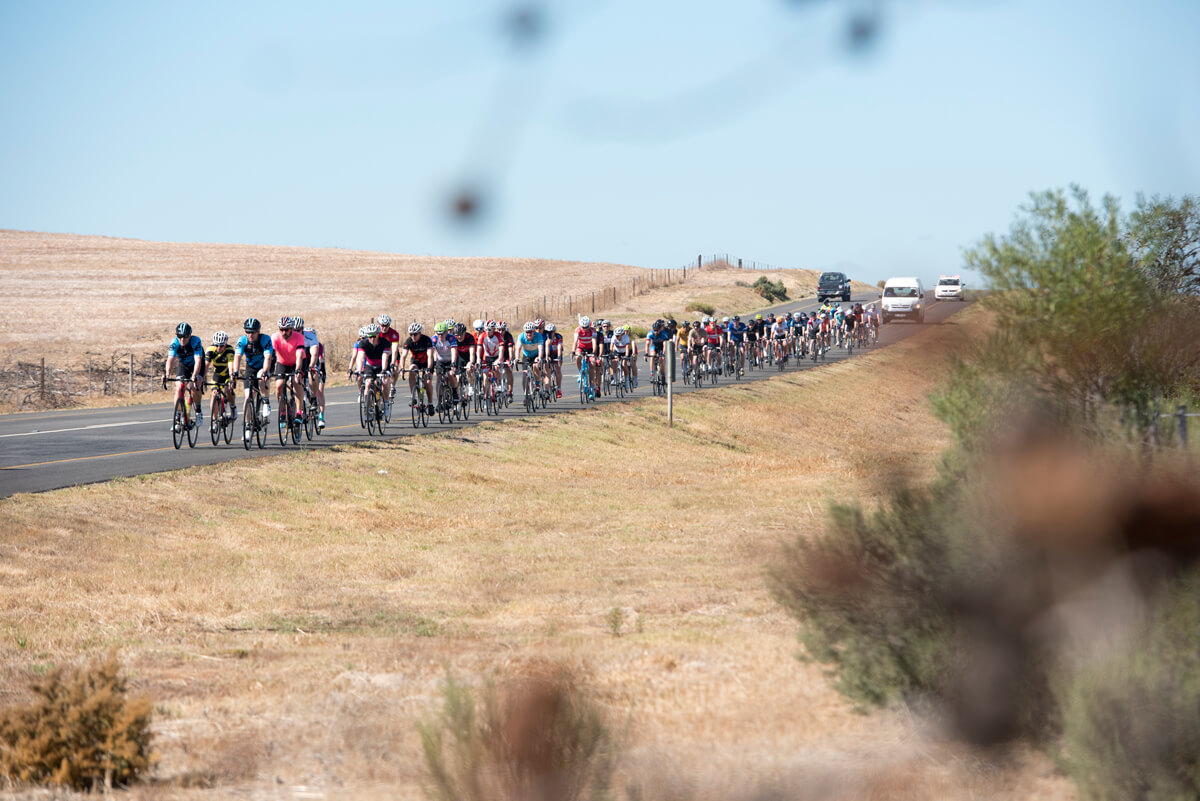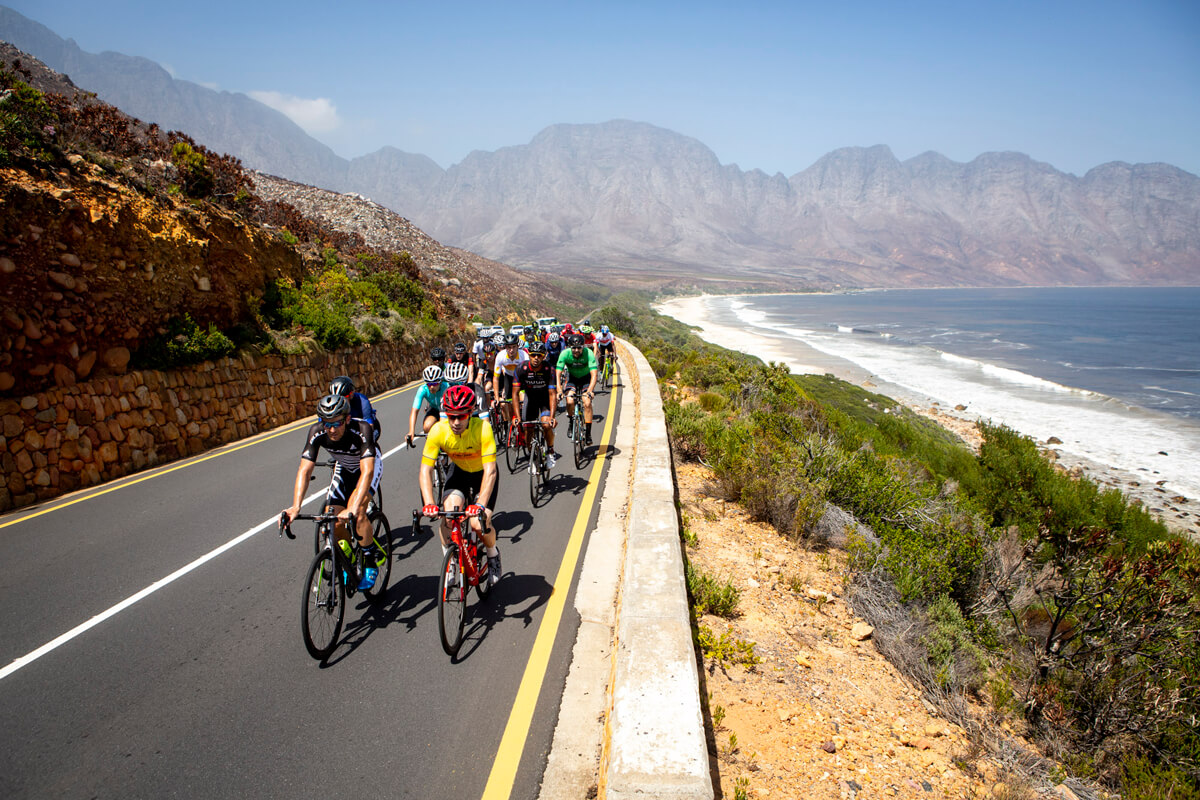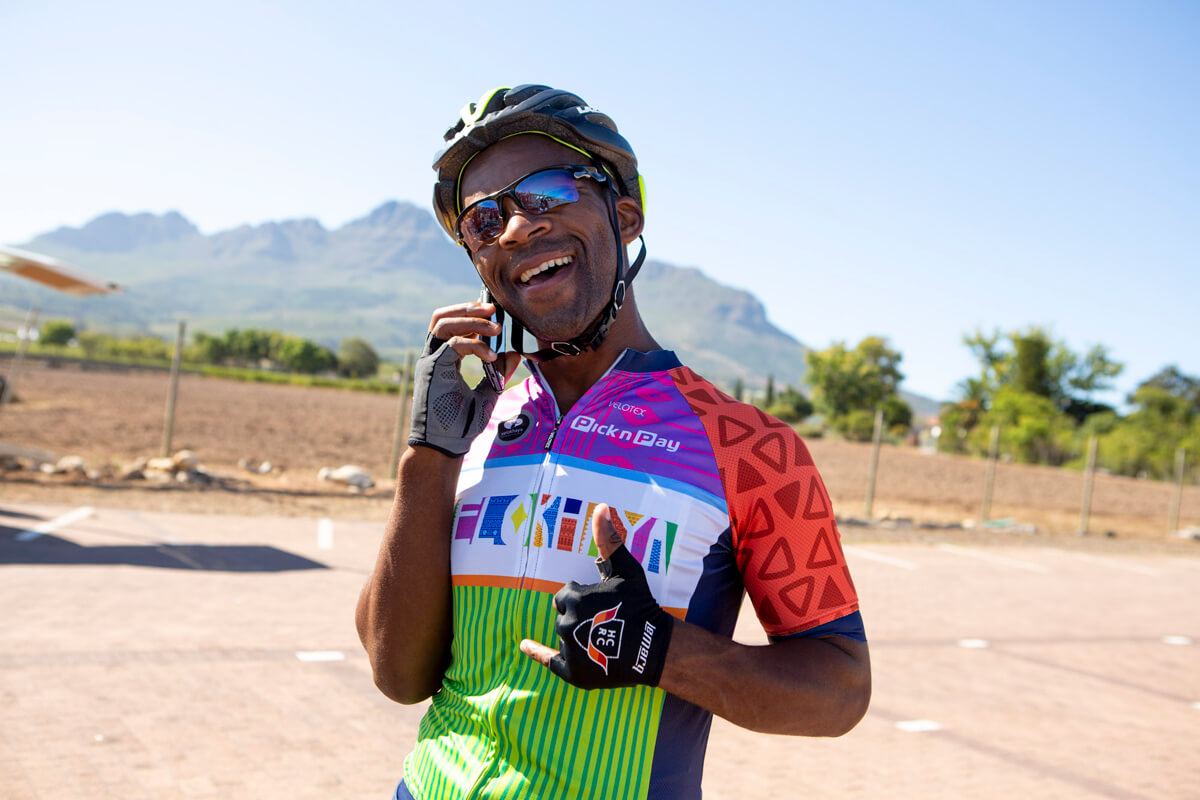Flying With Your Bike
- Aug 2021
If you’re joining us for one of our overseas events or are heading off on a cycling trip of your own, here are some tips for ensuring your bike survives the journey.
Check and check again
Before getting on to actual packing the first thing to do is to check, re-check and check again the policy regarding bikes of the airline you are travelling with. The golden rule is to assume nothing and to make sure you are armed with a printed copy of the policy with you at check-in. Expect to pay a surcharge on most airlines but this is usually reduced if you book and pay for it in advance. If there is no charge listed on the website, don’t assume that your bike will travel for free. Ring up, double check their policy and request e-mail confirmation.
Next, check that your bike will be covered by your travel insurance should it go walkabout. You’ll find that most non-specialist companies offer an amount that would barely cover a set of decent wheels let alone a complete bike. For peace of mind it’s worth paying extra to cover it as a named item or to find a specialist company who will cover it fully. Also, check your policy should the bike be damaged in transit as the maximum compensation paid by airlines is often laughably low.
Hard vs Soft
Soft bike bags tend to be cheaper and lighter. With sympathetic packing it is possible to protect your bike fairly well and some people argue that baggage handlers will show more respect to an easier to handle soft bag but, based on what we’ve seen at some airports, this isn’t necessarily the case. Some soft bags also include an internal frame that provides more support, protection and stability. For true piece of mind though a hard bike case is a far better option.

Look for the following features:
- Compression resistant: As a rule of thumb you should be able to stand on your box without it deforming (try doing this with a soft bag!). With a few 20 kg bags stacked on top of it in the hold, being able to withstand your weight is the very least it should be able to take.
- Size and weight: Size wise the box should be big enough to take the frame without having to remove rear mech or chain-set. However if it’s too large then some carriers will refuse to handle it. Also, you’re going to have to store it at home so don’t want it to be too huge. Weight should be as light as possible without sacrificing strength. Many airlines operate a 20-23 kg limit and will charge you more if you go over it.
- Interior: As well as good padding and a means of securing the wheels, straps to secure the bike moving around inside the box are essential.
- Wheels: A bike box is a big awkward object so wheels or castors make life a lot easier.
CALCULATE YOUR ZONES
Packing
- Remove wheels, seat-post, pedals and turn/remove bars if necessary: Once you’ve removed the wheels from your bike, if they aren’t used to secure them inside the box, pack the QR skewers or thru-axles somewhere safe. Deflate your tyres slightly to allow for the change in air pressure in the hold but not fully as some air will help to protect your rims. Remove your seat-post ensuring you’ve taped it to indicate your correct saddle height. Remove your pedals and put them inside of your cycling shoes. Place some bubble wrap over the top of the seat-tube. Turn or remove your bars making sure all bolts are replaced and are secure.
- Disc brakes: If you’re running disc brakes, it’s sensible to remove the rotors to prevent them becoming bent in transit. If they’re six bolt rotors this just requires and allen key or torx head – check you have the correct one. If they’re centre-lock, it will require a specific tool so obviously you’ll need to either take your own or double check that such a tool will be available at your destination.
You should also insert pad spacers into the calipers in case your levers are squeezed accidentally during packing or transit. - Protect your frame: Buy some foam pipe lagging from a local DIY store, cut it to the lengths of your tubing and mark which part of the bike it goes on. Insert spacers or QR levers/thru-axles – if not needed to secure wheels in box, between your forks and rear dropouts. Your local bike shop should be able to give you some of these. Use a chain keeper to prevent the chain from slapping against the stays.
- Secure and double check: Use internal straps in the box to hold the frame in place and fit additional blocks of foam around the frame from extra protection. Double check that the box closes cleanly and no parts of the bike are pressing or rubbing on each other.
- Don’t overpack: Don’t be tempted to pack loads of your clothing and kit around your bike in the box. It might well take you over the weight limit and, even if it doesn’t, many airlines forbid it and will insist you repack.
- CO2 Canisters: Whether you can carry these or not is a bit of a grey area. According to some national and international aviation authorities, you can check in up to four 50ml canisters but most flight operators will say no if they spot them and confiscate them. It’s really not worth the stress of trying to argue the point so we’d recommend sourcing some at your destination.
- Carry essentials in your hand luggage: Unfortunately luggage, including your bike, can go missing. Hopefully this will just be a 24 hour delay and you’ll be able to hire a bike until your’s arrives. In your hand luggage carry your cycling shoes, with pedals stashed inside, and one set of cycling clothing.
- Weigh it: Once you’re all packed, check the weight to ensure you’re okay. On some airlines with a 22kg limit, a large framed gravel bike and the weight of a box can push things pretty close and I’ve had to pop my seatpost and saddle into another bag before!
Checking in
Invariably checking in with a bike involves additional faff and potentially a trek to a far flung oversized items check-in.
Allow yourself extra time and it’s also a good idea to have confirmation of having booked your bike onboard printed off and the airline’s bike policy to hand just in case.
Arrival
Your bike is very unlikely to come out on the main baggage carousal and you’ll need to find where sports equipment and oversized luggage do emerge from. At airports in popular golf and cycling locations this is normally easy to find but, in some airports, it’s far from obvious. Try to find out beforehand where it is.
If you suspect your bike may have been damaged in transit – the box may appear bent or damaged, check before leaving the baggage return area. Most airlines insist that any damage is reported then and there and, if you leave and try to report it later, will deny any responsibility.

